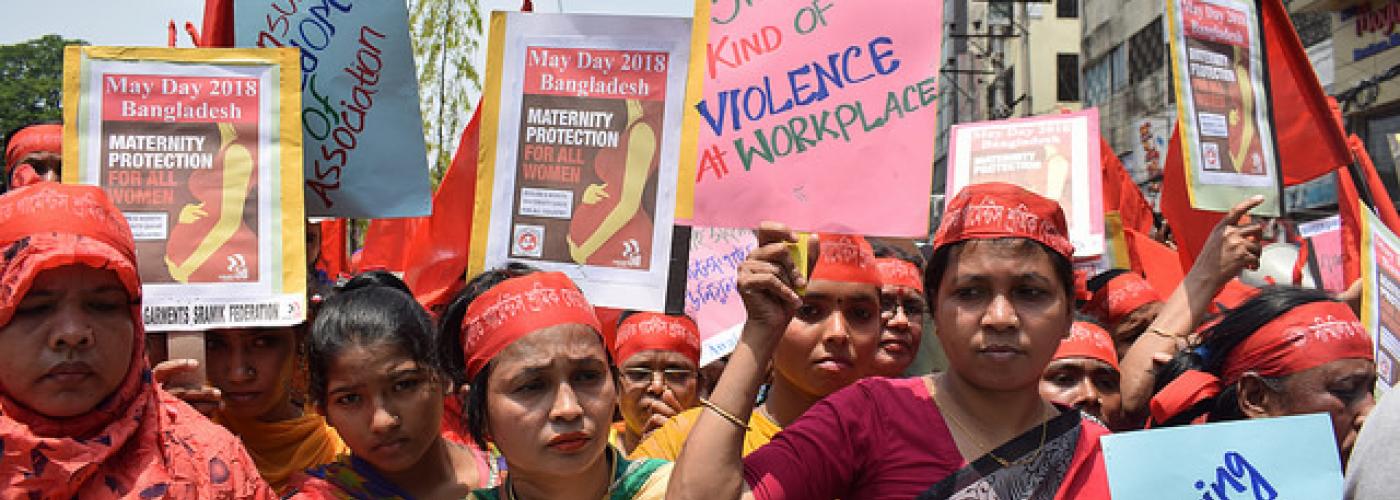SEEP 2018: Resources to Address Gender-Based Violence in the Workplace
Image

Last month, The SEEP Network hosted the Annual Conference in Arlington, Virginia, exploring Collaboration for Impact as this year’s theme. The conference engaged academics, private and public sector actors, implementing partners, donors, and financial service providers around topics like food insecurity, the impacts of conflict, gender inequality, poverty, and so forth. Many of the panels and workshops were interactive experiences, with breakout groups asked to discuss why programs failed, share best practices, network, and highlight resources.
One of the tracks was Unleashing the Power of Women and Girls, which featured experts on gender and women’s empowerment. The resources shared throughout these sessions included research papers, case studies, toolkits, policy briefs, and much more. While there were many important share-outs, here are three from particular sessions that discussed safe, gender-inclusive workplaces.
-
The USAID Women’s Wage Employment in Developing Countries report analyzes the impact of laws and regulations on women’s workforce participation. This resource draws on research about gender-based violence and gender inequalities, as well as cultural norms that can limit women’s ability to work and the types of occupations they can seek out. This study was shared in two sessions: Unleashing the Power of Women and Girls and Leveling the Regulatory Playing Field for Women’s Wage Employment. The report author, Lis Meyers from Nathan Associates, spoke at a Marketlinks seminar on October 10th to present findings and recommendations.
-
Brian Heilman highlighted Promundo’s Manhood 2.0 curriculum. This course is designed to challenge and transform common ideas about masculinity in young men. Promundo is a global organization that engages men and boys in gender justice work by examining aggression, control, and harassment toward women and girls. The Manhood 2.0 course was designed with the understanding that men can play a role in creating healthier, safer relationships with women. This approach has been adopted in more than 35 countries; the full course is available online (download available below).
-
The International Labor Organization (ILO) has adopted 189 international treaties related to ending violence and harassment in the workplace. These measures were introduced at the ILO long before the #metoo movement, but this recent spotlight on sexual harassment in the workplace has resulted in a more comprehensive and broadened approach to gender-based workplace violence and how behaviors like stalking, for example, can lead to an insecure work environment. The ILO’s Shauna Olney hosted a Lunch Dialogue about how occurrences of workplace violence ultimately affect a business’ bottom line. In 2018, the ILO published a new report, Ending Violence and Harassment in the World of Work, which discusses the latest instrument and different comments and interpretations of it. The report is available for download in the sidebar.
Explore other topics from the Unleashing the Power of Women and Girls track by reviewing this page of the sessions and panels. The sessions related to workplace violence all raised the point that when workplaces are not safe or inclusive of women, businesses suffer. These resources are guides to better understand gender equity, examples of sexual and gender-based violence, and tools to promote change.

